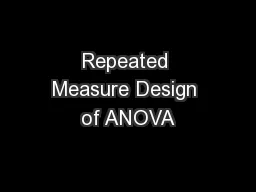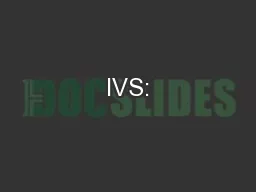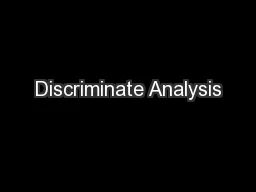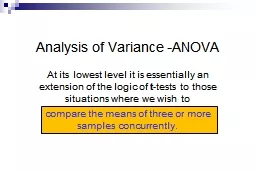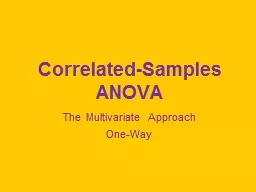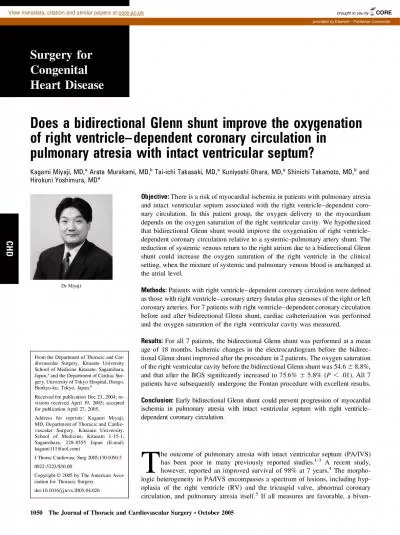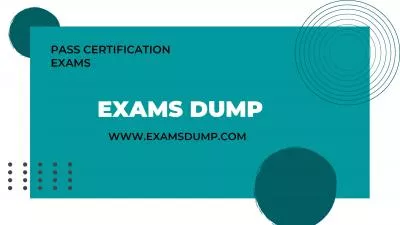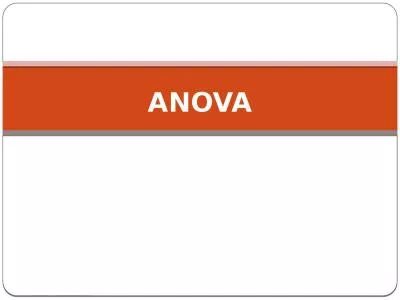PPT-Factorial ANOVA 2 or More IVs
Author : tawny-fly | Published Date : 2019-06-23
Questions 1 What are main effects in ANOVA What are interactions in ANOVA How do you know you have an interaction What does it mean for a design to be completely
Presentation Embed Code
Download Presentation
Download Presentation The PPT/PDF document "Factorial ANOVA 2 or More IVs" is the property of its rightful owner. Permission is granted to download and print the materials on this website for personal, non-commercial use only, and to display it on your personal computer provided you do not modify the materials and that you retain all copyright notices contained in the materials. By downloading content from our website, you accept the terms of this agreement.
Factorial ANOVA 2 or More IVs: Transcript
Download Rules Of Document
"Factorial ANOVA 2 or More IVs"The content belongs to its owner. You may download and print it for personal use, without modification, and keep all copyright notices. By downloading, you agree to these terms.
Related Documents


